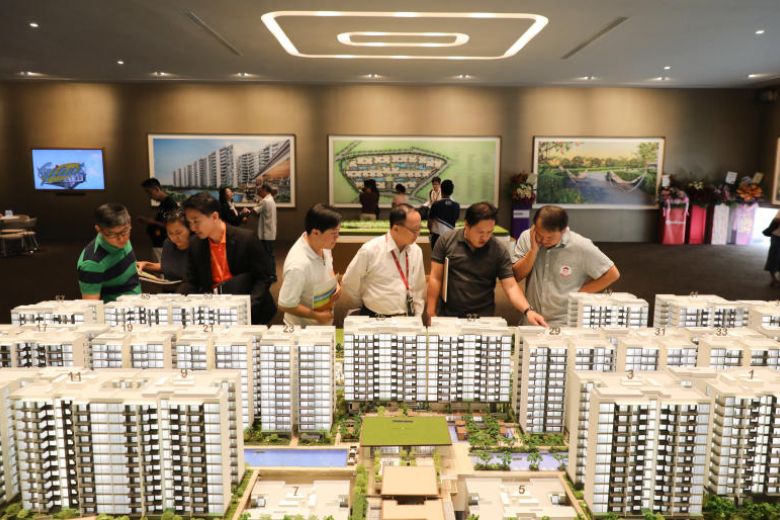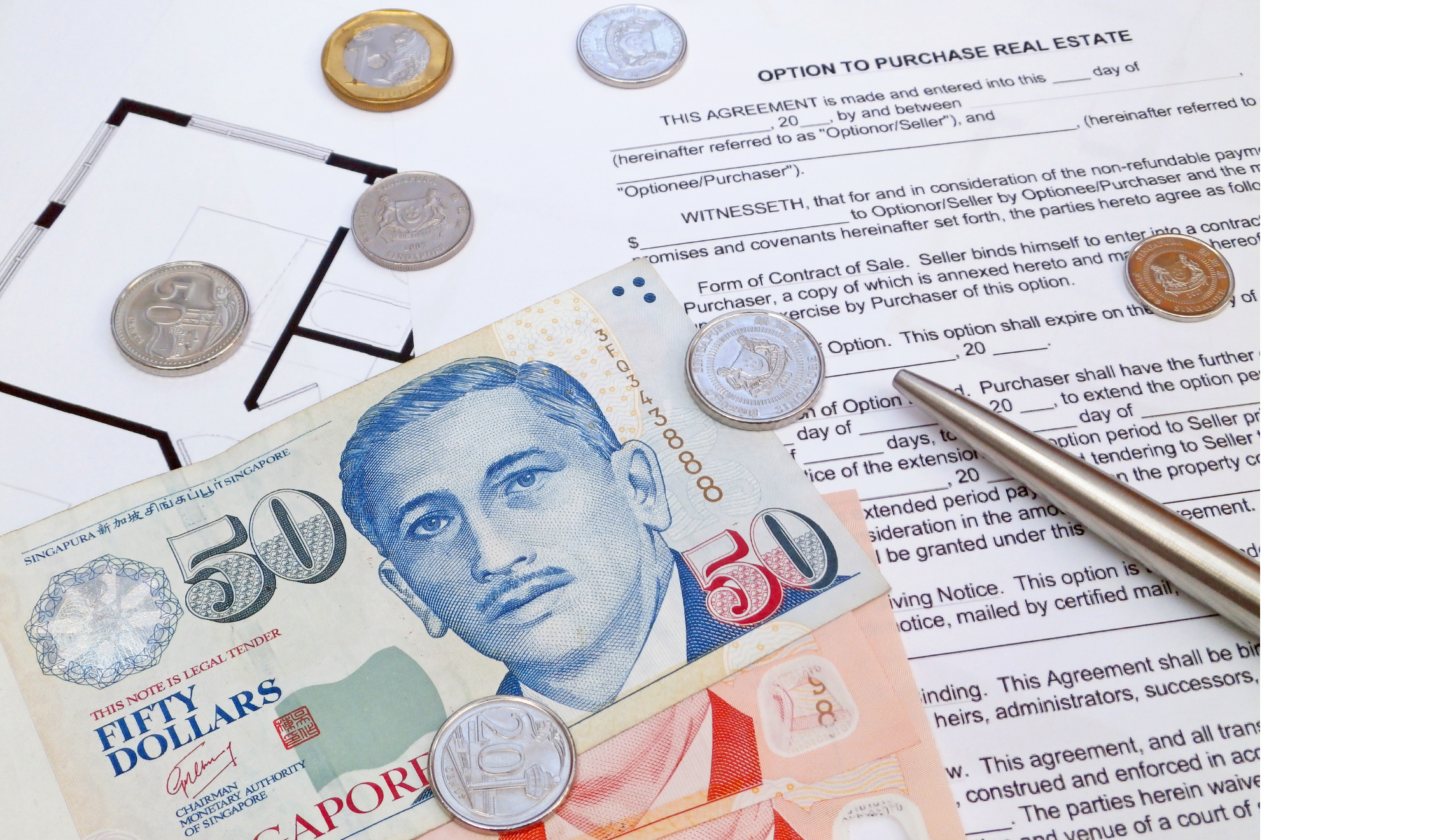How Long is the Defects Liability Period on Your Property in Singapore?
This article discusses what defects liability period is, how long it lasts, how a defect is defined, how to inspect for defects, and how to report and repair defects
If you are a prospective buyer of an HDB flat, or a unit in a private development like a condominium or a landed house, you will want assurances that the property you’re considering would be in near perfect condition should you end up buying it.
You will be happy to learn that the Defects Liability Period (DLP) has been put in place to act as a safeguard for people who are looking to buy a new house.
Singapore’s Defects Liability Period (DLP)
The DLP describes the period of time in which the developer continues to be responsible for any defects found in individual units, common areas, and the project as a whole.
Therefore, if after you move in you find one or more defects and report them to the developer within the DLP timeframe, the developer will take responsibility for making the repairs or see that the problem(s) are rectified at its own expense.
How long does the defects liability period last?
The DLP on your property will be stated in the terms and conditions of your sale and purchase agreement, but the DLP standard is one year for HDB flats as well as private properties.
The clock starts ticking down on the day you get vacant possession of the property (i.e. when you’re given the keys to your new property) or 15 days after being granted the Temporary Occupancy Permit (TOP), whichever comes first.
Note: Be aware that it could take months after getting the TOP before you are given the keys. This means that you will have less time to physically move into your house, thoroughly inspect it, and report any defect(s) you may find.
How is a “Defect” Defined?
Your sale and purchase agreement will likely spell out what would be considered the type of “defect” that the developer would be required to rectify.
A “defect” is typically described as any type of fault resulting from:
- Being built with defective materials and/or extremely poor workmanship; or
- Interior, common areas, or housing development not being constructed in line with the specification(s) detailed in the sale and purchase agreement.
This definition may seem technical, but the point is that any defects(s) found must have resulted from the building process, not from something like “wear and tear.”
How to Inspect for Defects
Once you’ve been given the keys and enter your new house it’s important that you carefully inspect the premises for any defects.
The following chart provides you with a list of the items and areas you should take a close look at while inspecting for defects:
|
Reportable Defect(s) |
|
|
Walls & Ceilings |
|
|
Flooring |
|
|
Doors & Windows |
|
|
Plumbing |
|
|
Electrical |
|
How to Report & Repair Defects
Once you discover one or more defects, how and who do you report them to, so that they can be repaired?
For Defects(s) on HDB Flats
For an HDB unit, you can report the defect(s) you’ve found by filing a “rectification request” as follows:
- Go online to HDB’s website to submit your request; or
- Go in-person to the temporary Building Service Centre to submit your request.
Once you’ve done that, the Building Service Centre will set up a joint inspection during which the defect(s) you reported will be verified. Then they will arrange for one or more contractors to come to your house to take care of the defect(s).
Once the repairs have been made, a follow-up inspection will take place, so that you can verify that the defect(s) you reported have been properly repaired.
For Defect(s) on Private Properties
If you find defects in a condominium unit or a landed property that you just bought, you may ask the developer for the form that is supposed to be used when submitting the report.
Once you’ve completed the form with details on the defect(s) you found, submit it to the developer who must arrange to have the defect(s) repaired within one month.
If the developer just sits on your report, doing nothing to rectify the problem(s), you are within your rights to inform the developer in writing that you intend to engage your own contractor to do the repairs, and if you already have an estimate of the costs, you can include that in your letter.
If after 14 days since receiving your letter the developer has still not contacted you about making the repairs, you can then go ahead and engage the contractor to do the necessary repairs, rectifying the defect(s). Then, send a follow-up letter detailing the work done and the costs, asking the developer to refund you those costs.
Note: We strongly advise that you to make detailed notes and take photos of the defect(s), so that you have proof of the problem(s). You’ll also want to keep receipts from the contractor for the repairs he/she did as proof of your claim.
Renovation works should be delayed until the defects have all been repaired.
Whether you have an HDB flat, condominium unit, or landed property, the rule is that you do not start renovating the property until you have reported all defects and they have been repaired or otherwise rectified.
If you began renovation works before the defects had been identified, reported, and repaired, it would be extremely difficult to determine whether the defect(s) was/were there before you moved in and therefore the building contractor’s fault or caused by the contractor you engaged for the renovations. The matter would be so complicated that neither party would likely be willing to take responsibility.
Moreover, it takes time to renovate a property, so it would be difficult to determine how long it would take before everything would be completed.
Since you only have one year to report the defect(s), this is another reason why you should make sure that all defects have been reported, identified, and rectified before starting renovation works. The last thing you want is to cross the DLP because once it expires, the developer is off the hook when it comes to rectifying the defects. They no longer have any responsibility for making repairs.
After the Defects Liability Period Expires
After the DLP expires, it is your responsibility to take care of any issues involving your property. Once that date has passed, it is up to you to hire your own contractor to handle the repairs and it’s up to you to pay them.
What about latent defects?
There is one notable exception to the rule that developers are responsible for making repairs or otherwise rectifying all defects identified and reported to them within the DLP – and that involves latent defects. These are defects that were not discoverable or apparent during the DLP as latent defects emerge later. For example, a structural defect, like a crumbling foundation caused by the use of low-quality materials.
The developer of the property is legally liable for latent defects for 15 years from when the project was originally completed. This is true for HDB flats as well as private properties.
However, this does not guarantee that the developer will be held accountable for the defect and have to pay the cost of repairs. Although your report identifies what you deem to be a latent defect, all reports are evaluated case-by-case.
If the defect is found not to be a latent defect, the developer will not be required to handle the repairs and bear the cost. Instead, it will be your responsibility.
How Property Defect Disputes are Resolved in Singapore
If you find yourself in a dispute with your HDB or developer over a defect you found in your house, there are several ways of resolving the disagreement.
One way would be to take the matter to mediation, which is a process whereby both parties agree to let a third party mediate the issue until an agreement is reached. You could also choose a neutral evaluation, or there’s always litigation.
There are a number of factors to consider when deciding which course of action would make the most sense, or if the matter is even worth pursuing. These would be as follows:
- Cost of each option in resolving the dispute
- How extensive the defect(s) is/are
- Cost of repairing or rectifying the defect(s)
While considering your options, it might be wise to engage an experienced lawyer to advise you on each option as it applies to your particular dispute. Moreover, your lawyer could also represent you throughout the process of resolving the dispute to ensure that your case is well-articulated and presented.
—
If you find one or more defects after moving into your house, there’s no need to be overly concerned because there are procedures for getting them repaired. Keep in mind that there is a timeframe or defects liability period (DLP) for reporting defects. This ensures that the repairs will be taken care within a specified period of time.
If you fail to report the defect(s) within the DLP, your developer will no longer be responsible for repairing the defect(s). If you find yourself in a dispute and need legal advice, please contact us, so that we can refer you to one of our lawyer partners who specialises in handling such matters.
At Pinnacle Estate Agency, we strongly believe in sharing our real estate knowledge to the public. For more content like this article, check out our Singapore Property Guides.






